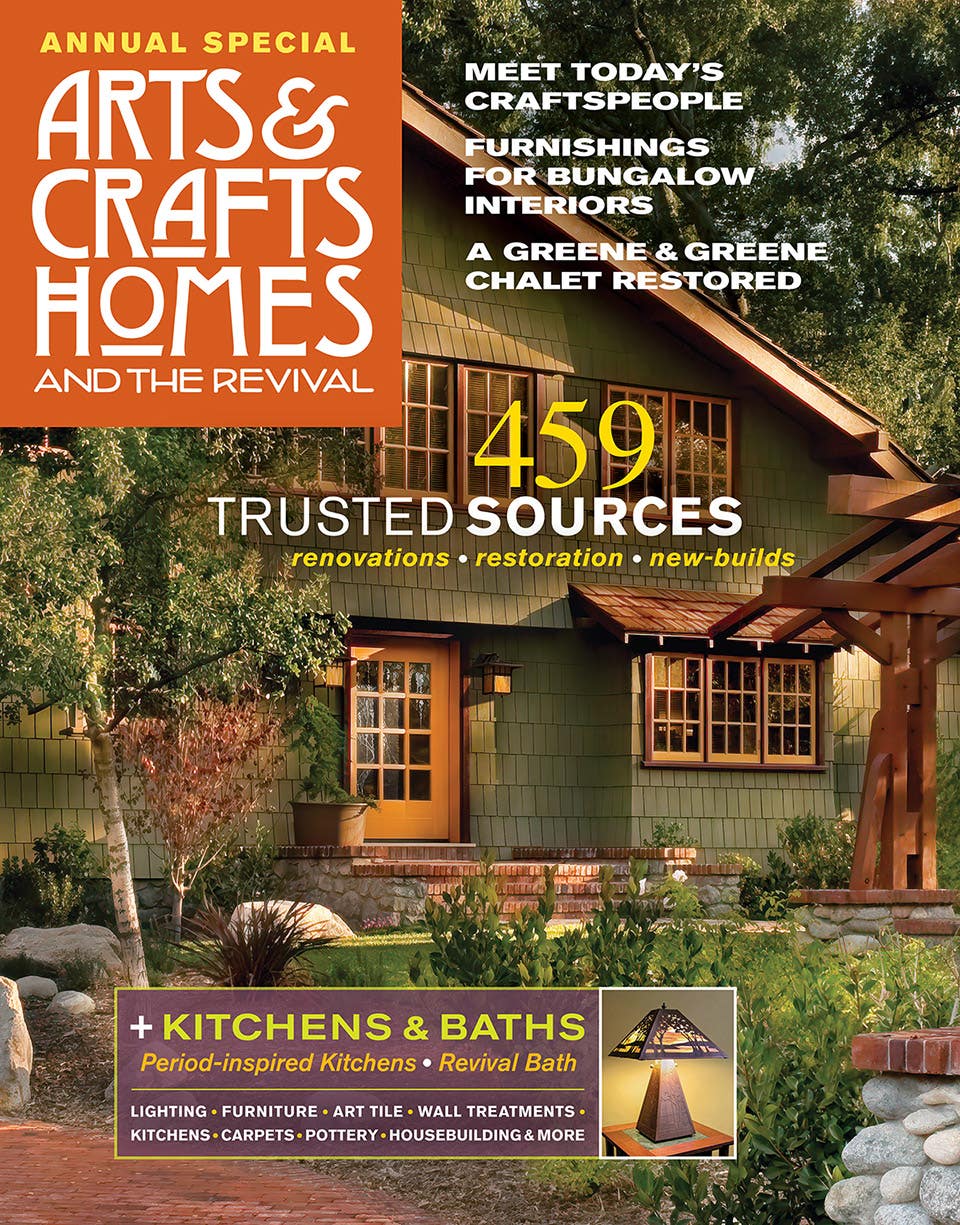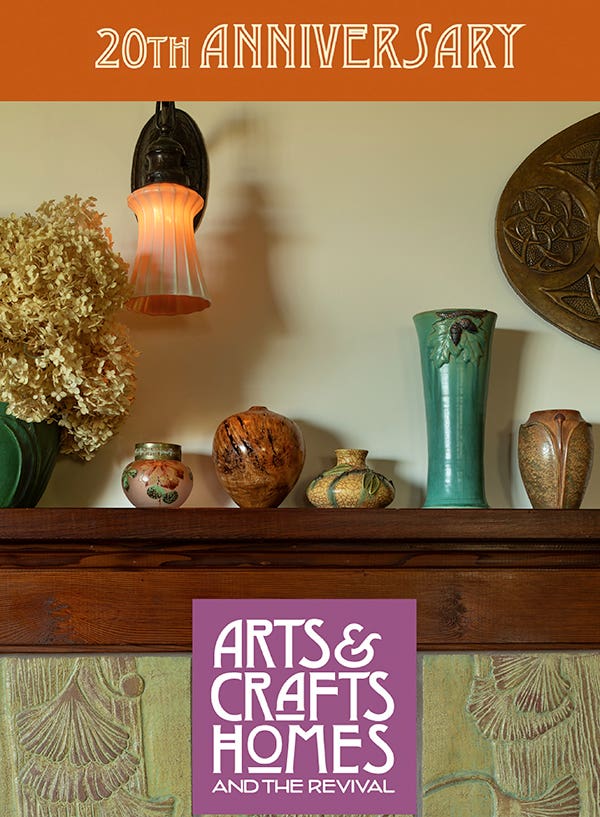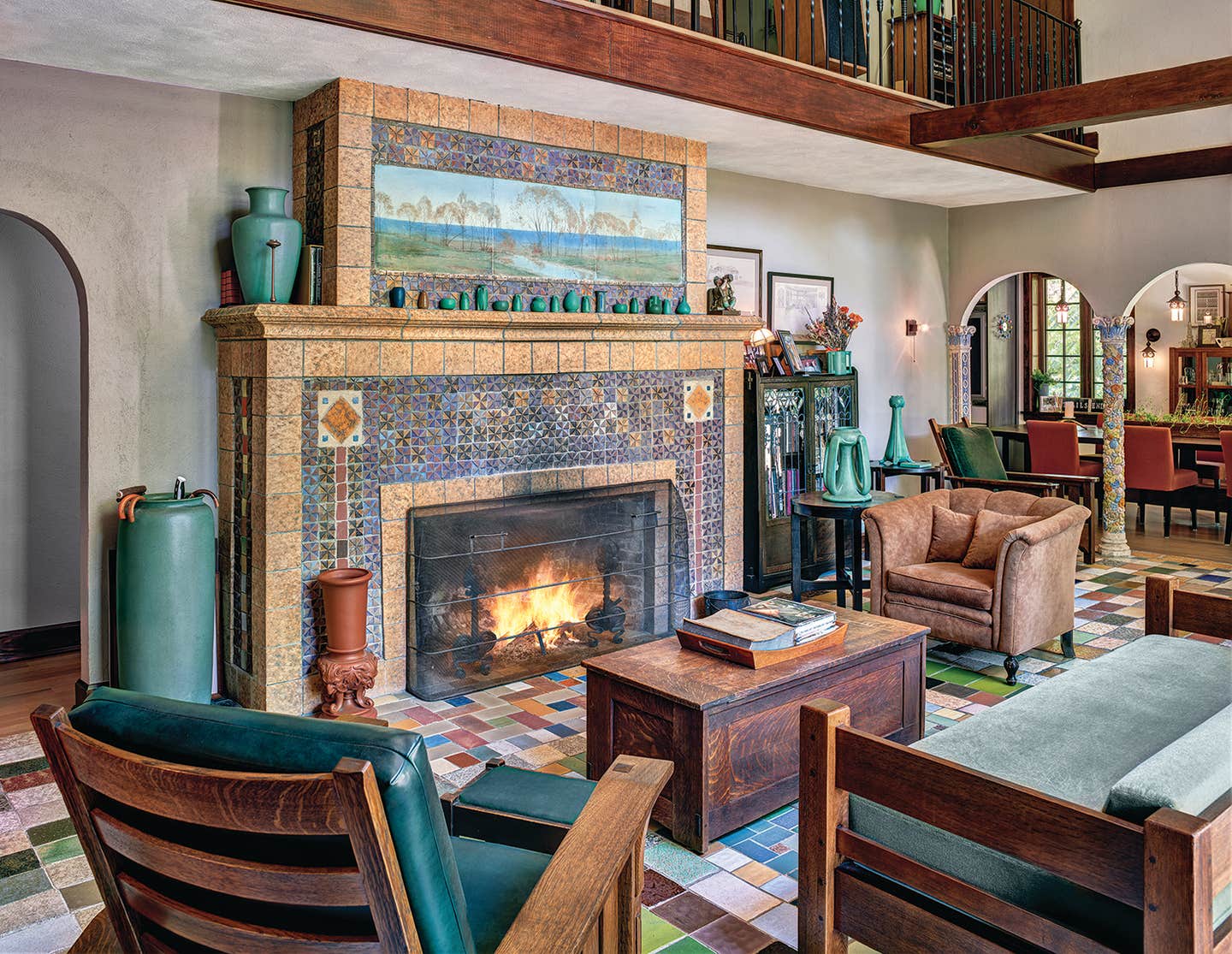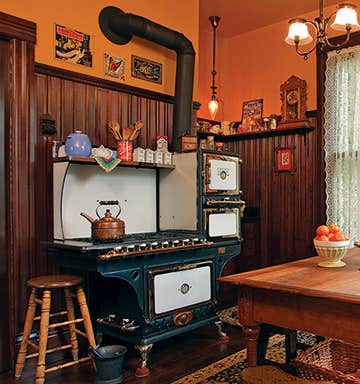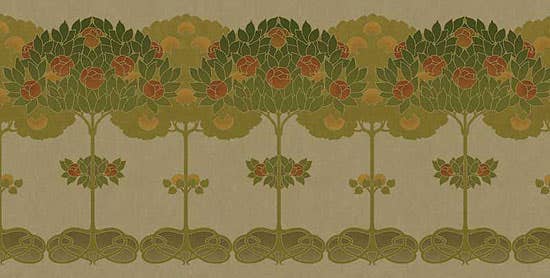Decorative Motifs II
Some motifs appear again and again in the decorative arts of the Arts & Crafts movement and its revival. Most of these designs come to us from Nature. Some motifs are ancient, others exotic. Often they have symbolic significance.
In the magazine Arts & Crafts Homes, we devote a page in every issue to a particular motif. Crosses ecclesiastical and secular were a recent subject. Here’s what architectural historian Dan Cooper had to say:
“While this motif has symbolism now inextricably associated with Christianity, sometimes a cross is just a cross. The intersection of two lines, embellished or not, is an ancient design familiar to many cultures.”

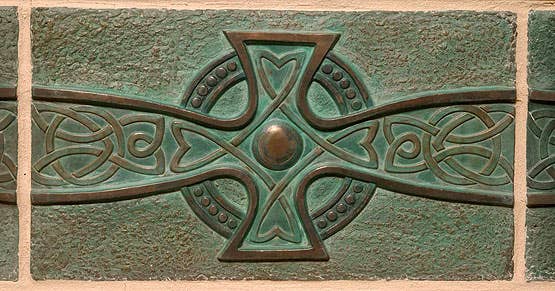
“In Arts & Crafts furnishings, the moist popular interpretation of the cross seems to e the Celtic one—a cross with a ring superimposed on it. The form is derived from the radially symmetrical Sun Cross, a pagan symbol. In the Christian era, the vertical member was extended downward, and the earlier form became a kind of crucifix.”
“The Celtic revival of the mid-19th century was just part of a renewed interest in Things Medieval, which of course became the late Victorian English Arts & Crafts movement, leading a generation later to the American version. In the decorative arts of this period, crosses typically appear in durable materials such as stone, iron, and ceramic, in testimony to permanence. Celtic crosses are found in decorative tiles, in masonry, and in hardware. Unambiguously ecclesiastical versions of the cross were revived in different forms for religious architecture.”
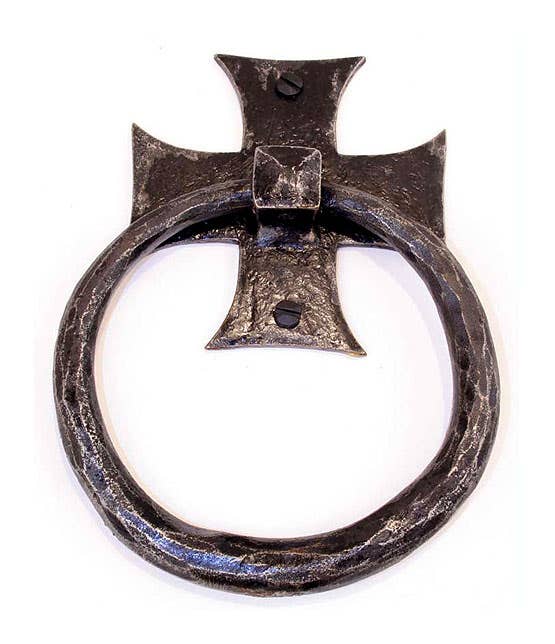
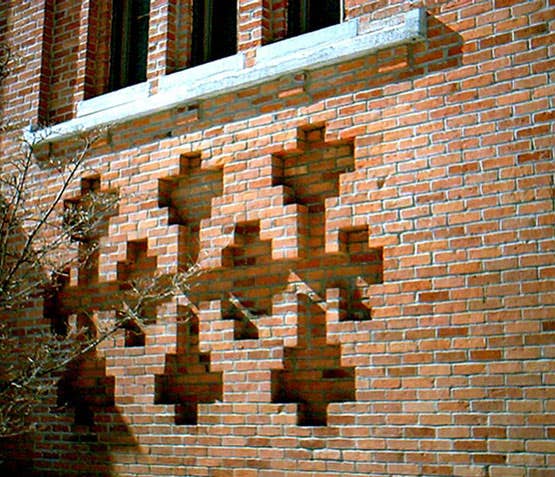
• • • •
Ever popular as a conventionalized design motif, the oak tree—its mighty trunk and canopy, its lobed leaf, the jaunty acorn—carries ancient symbolism. The oak is associated with lightning and fire; strength, perseverance, and courage; fidelity and worship. The oak figures in several Bible stories, and the tree has been sacred in most cultures, from the Druids and Slavic and Teutonic tribes to the classical world. The Celts called it the tree of doors: a gateway between worlds. Victorious Roman generals were presented with crowns of oak leaves, and the oak leaf continues today as a military leadership symbol.
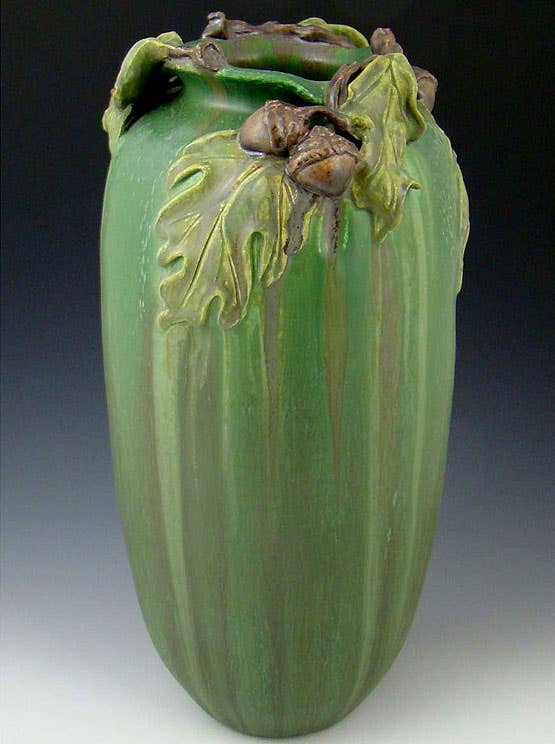
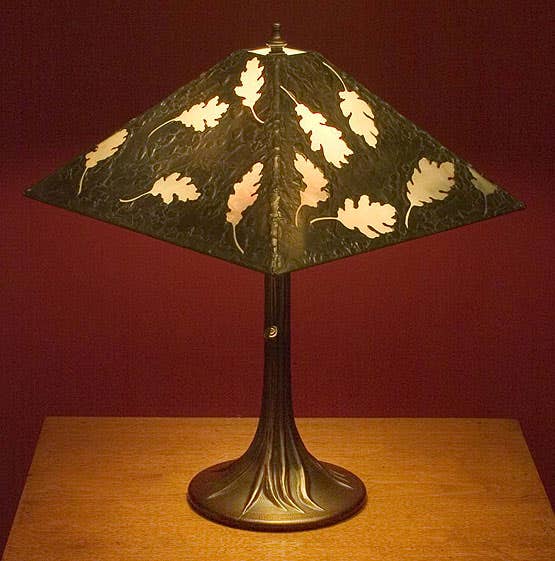
Leaves and acorns appear on jewelry and cutlery, in furniture finials and hardware, and are stylized for textiles and wallpaper. The oak is America’s National Tree.
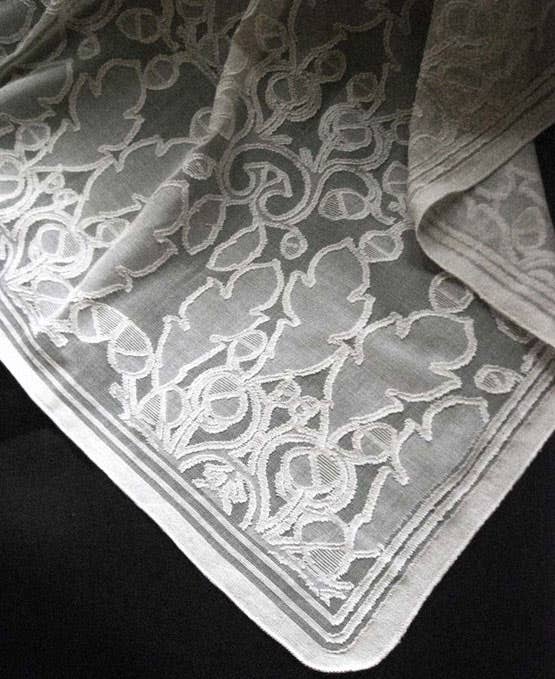

For centuries, oak was the furniture wood of choice, though by the late 18th century it was denigrated as crude. But the use of oak was revived during the British Arts & Crafts movement, which looked back to a pre-industrial age. In the U.S., Gustav Stickley waxed poetic about the virtues of oak and its romantic associations with the folk traditions of the past.
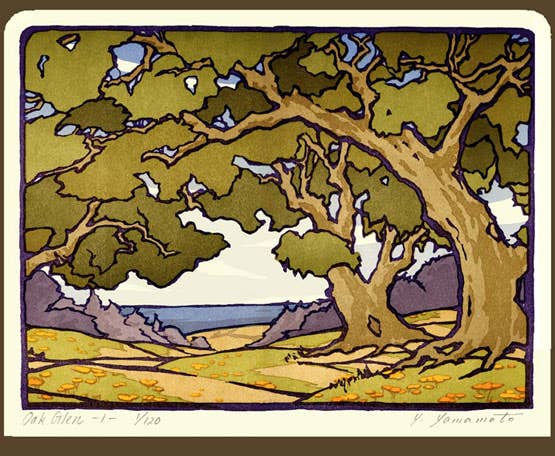
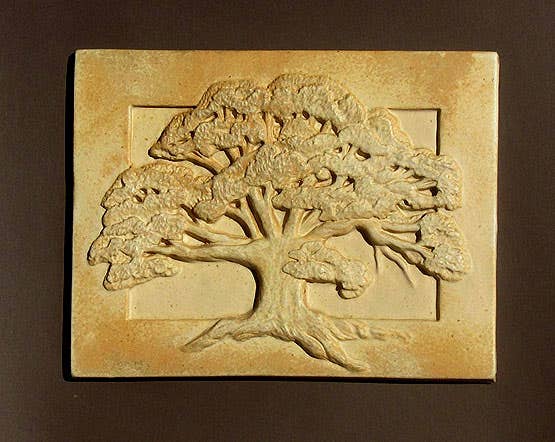
Patricia Poore is Editor-in-chief of Old House Journal and Arts & Crafts Homes, as well as editorial director at Active Interest Media’s Home Group, overseeing New Old House, Traditional Building, and special-interest publications.
Poore joined Old House Journal when it was a Brooklyn-brownstoner newsletter in the late 1970s. She became owner and publisher and, except for the years 2002–2013, has been its editor. Poore founded the magazines Old-House Interiors (1995–2013) and Early Homes (2004–2017); their content is now available online and folded into Old-House Journal’s wider coverage. Poore also created GARBAGE magazine (1989–1994), the first unaffiliated environmental consumer magazine.
Poore has participated, hands-on, in several restorations, including her own homes: a 1911 brownstone in Park Slope, Brooklyn, and a 1904 Tudor–Shingle Style house in Gloucester, Massachusetts, where she brought up her boys and their wonderful dogs.

